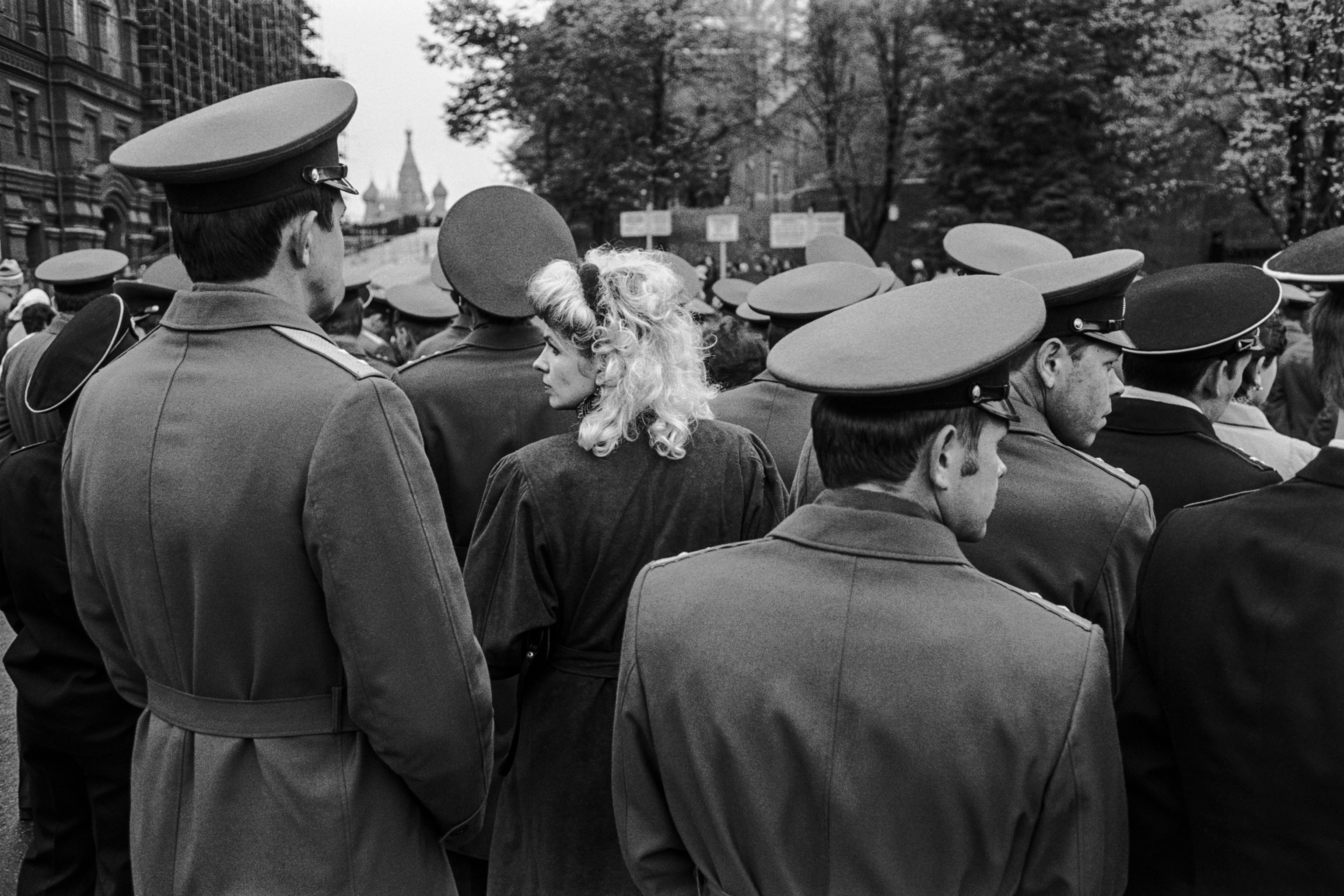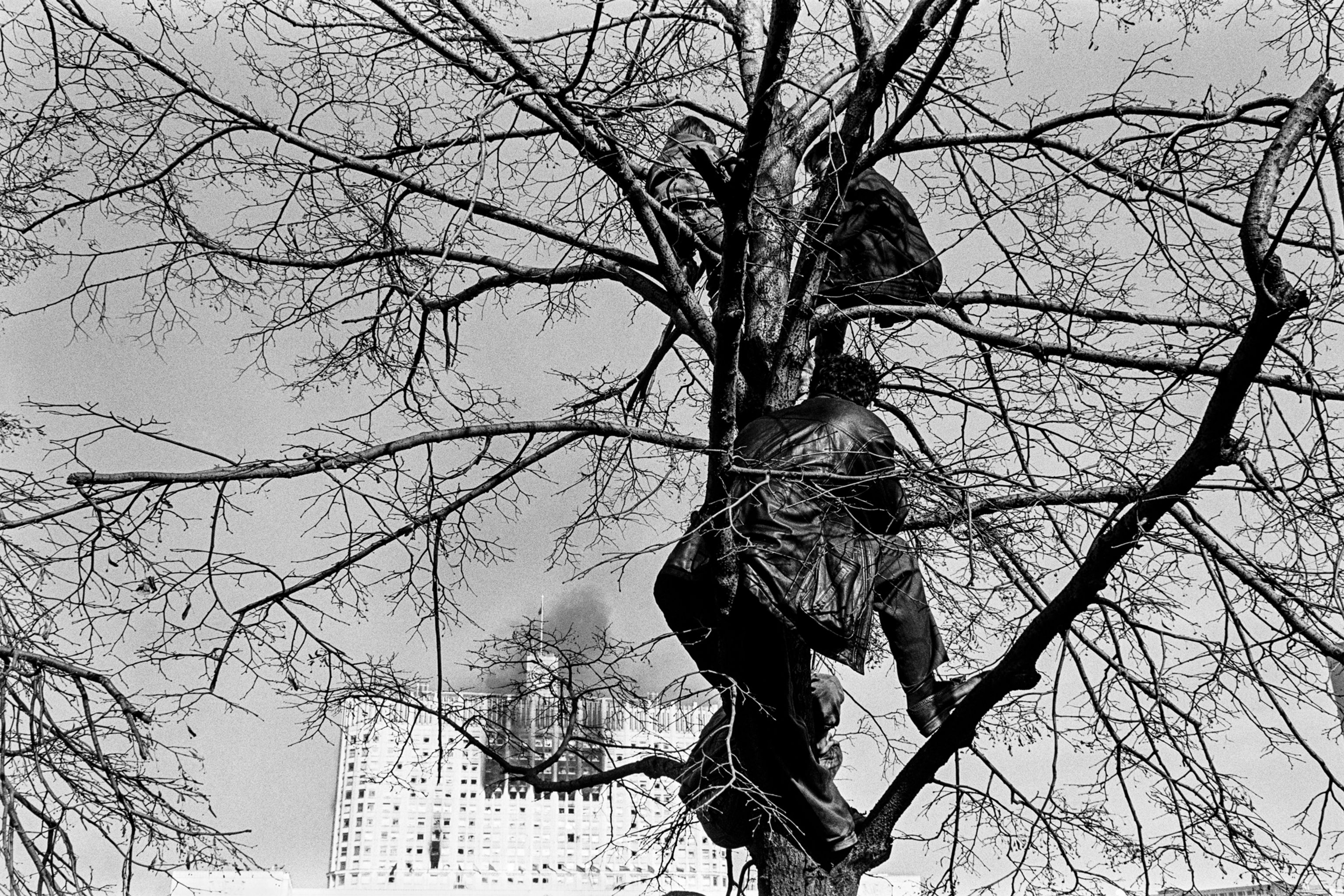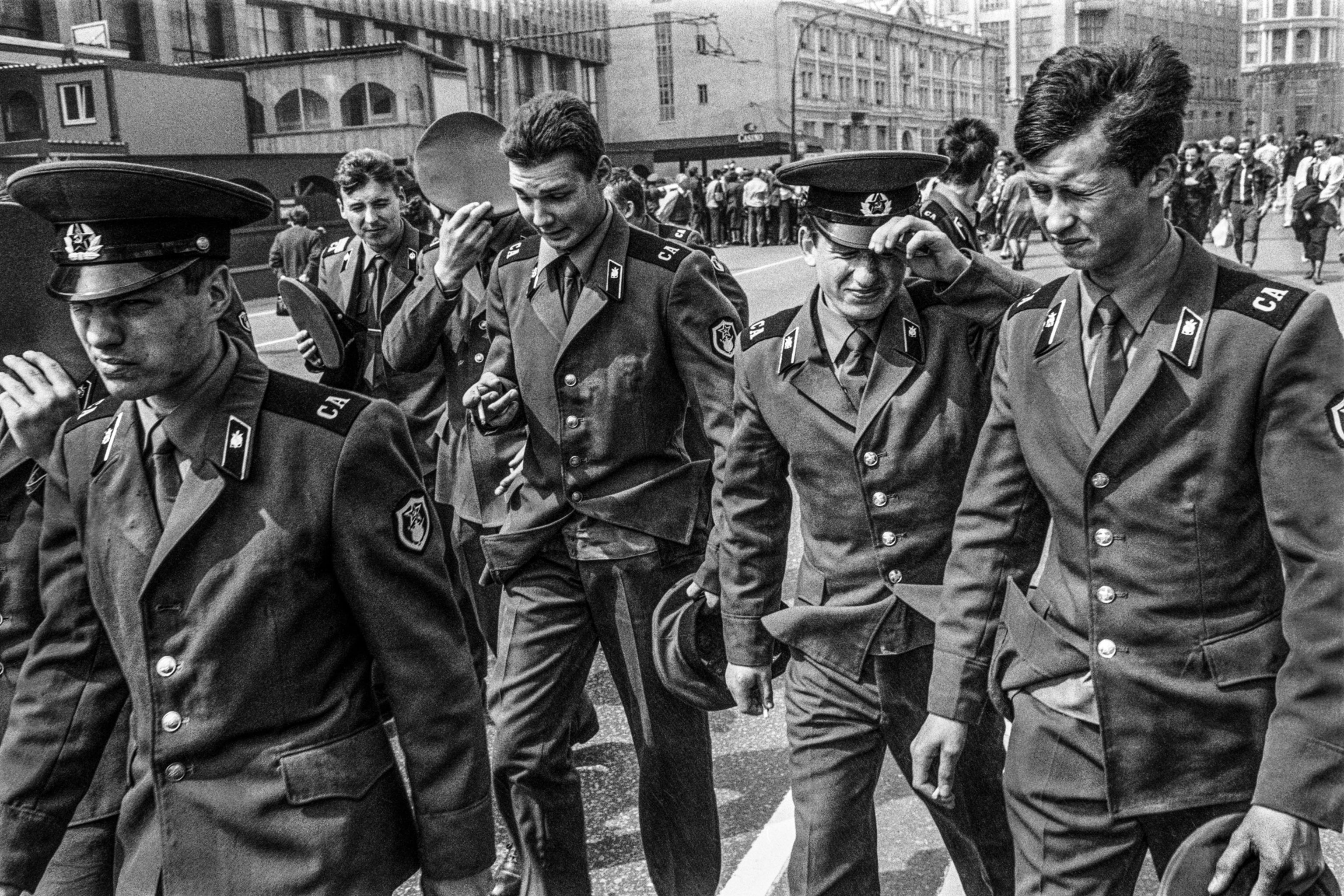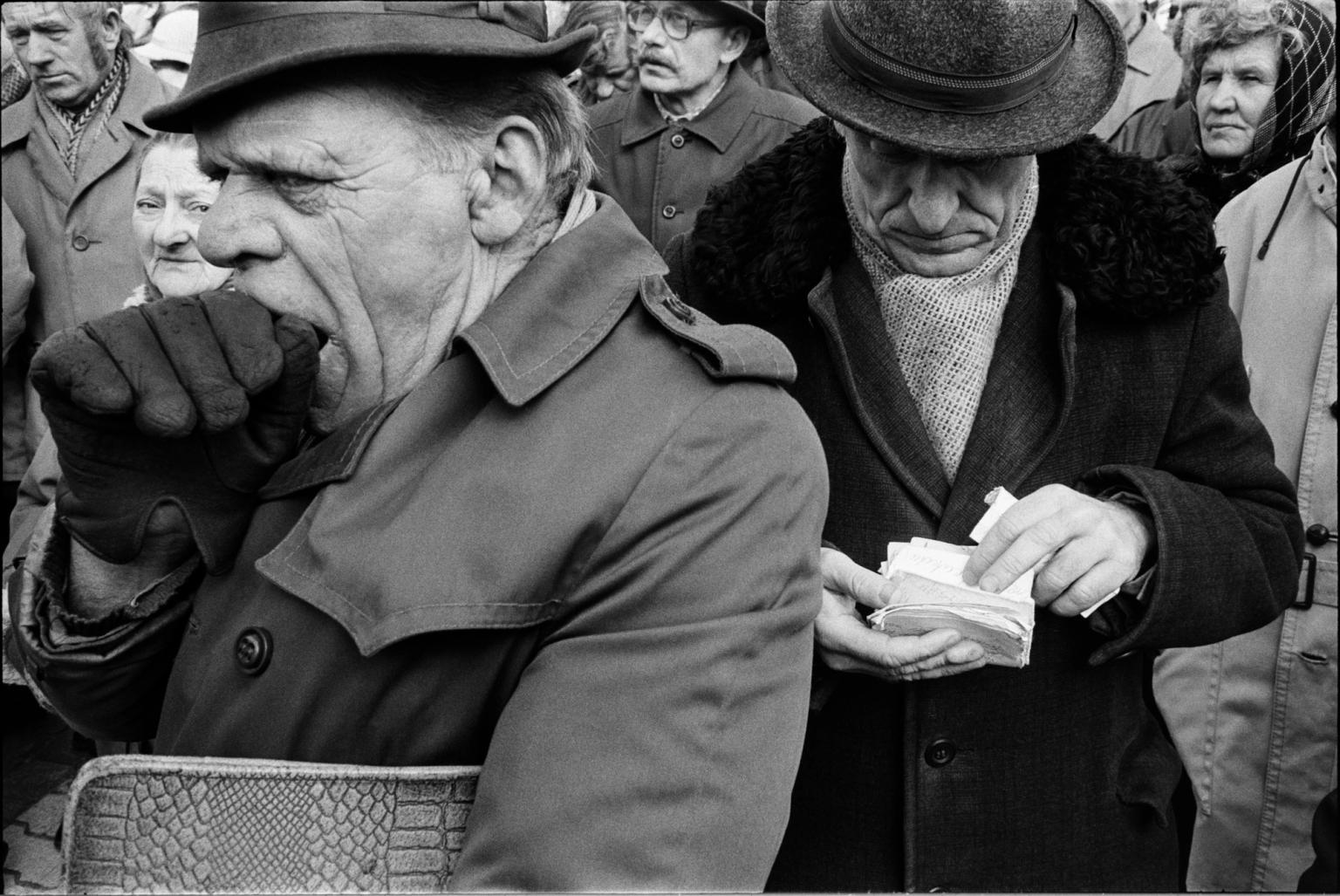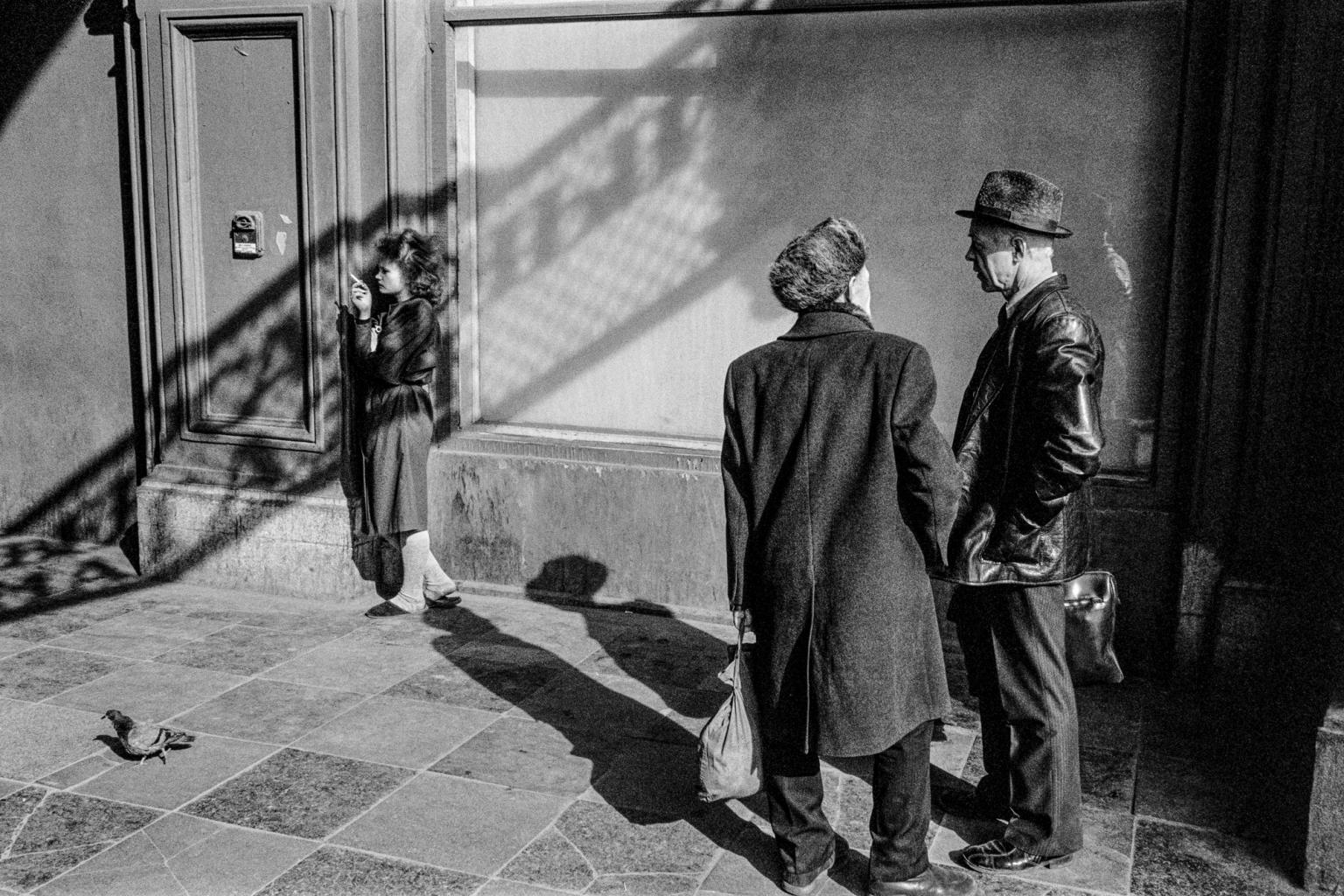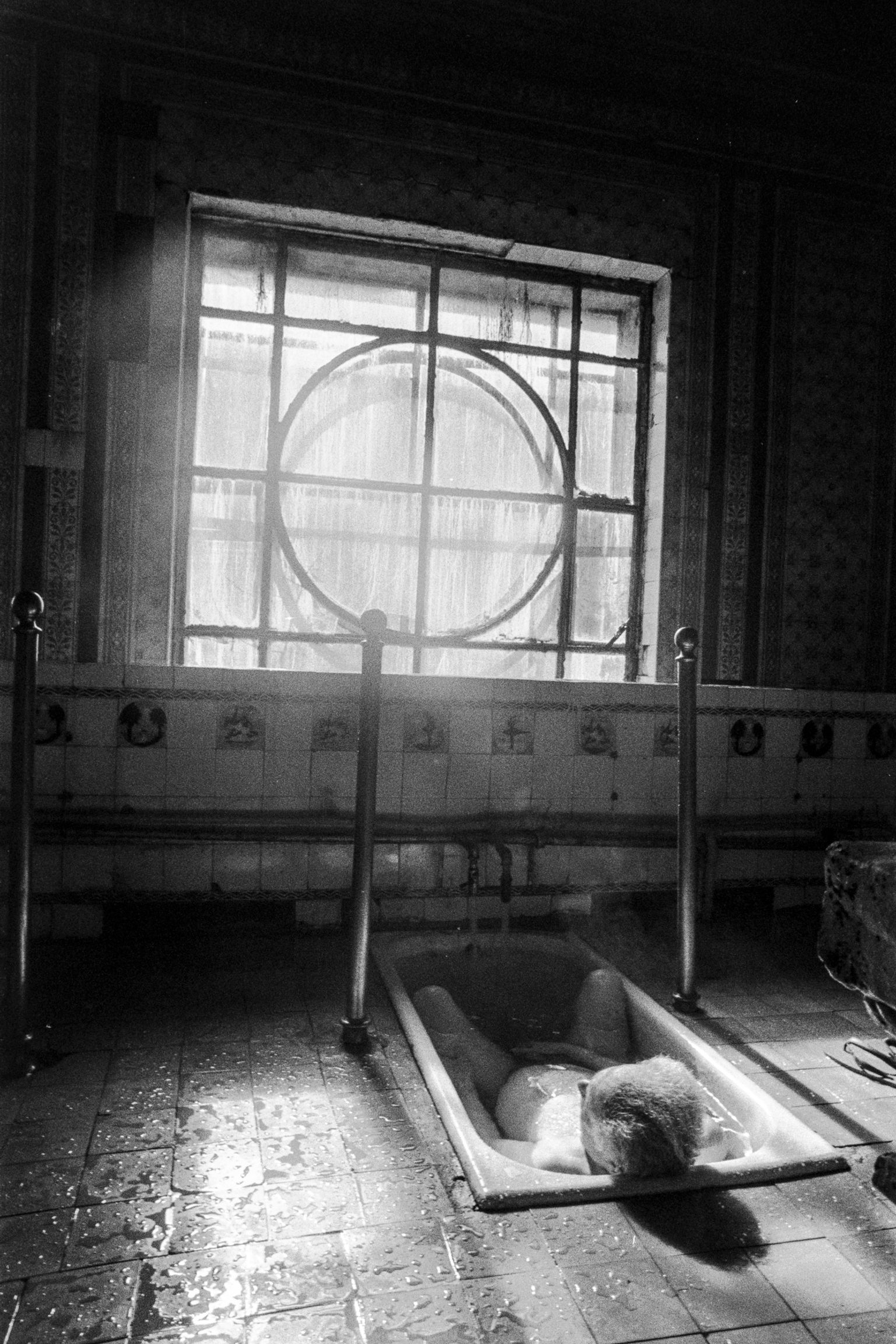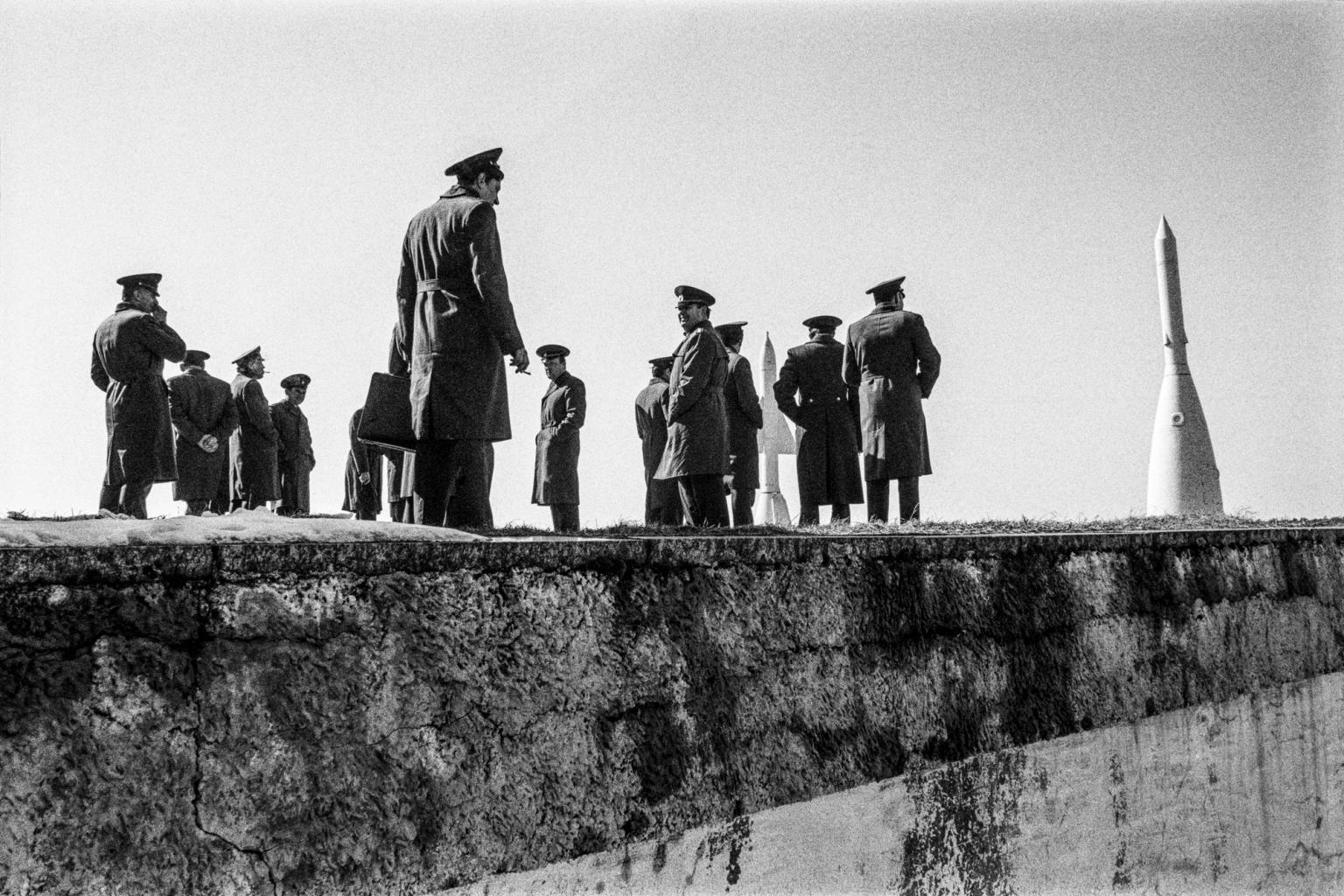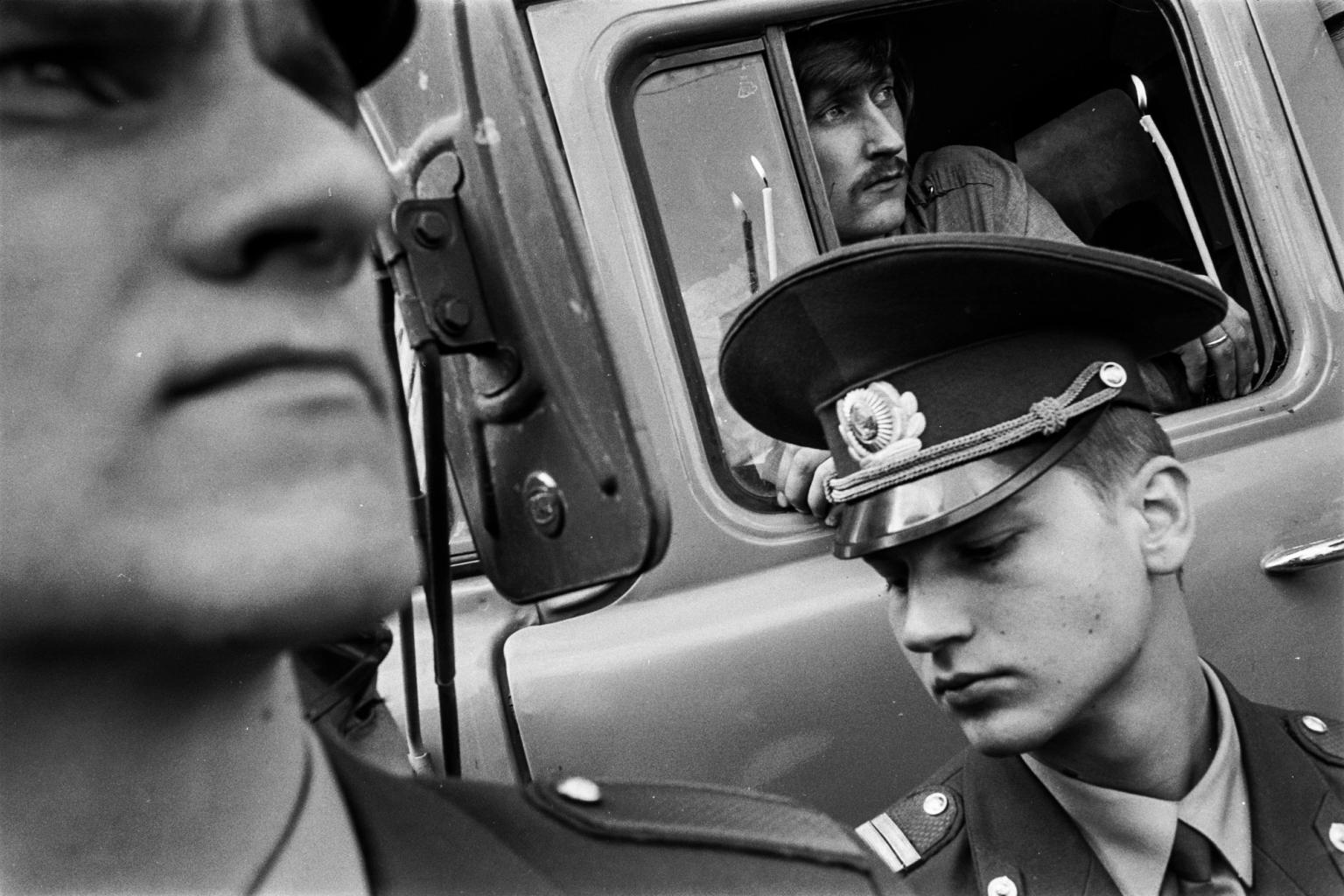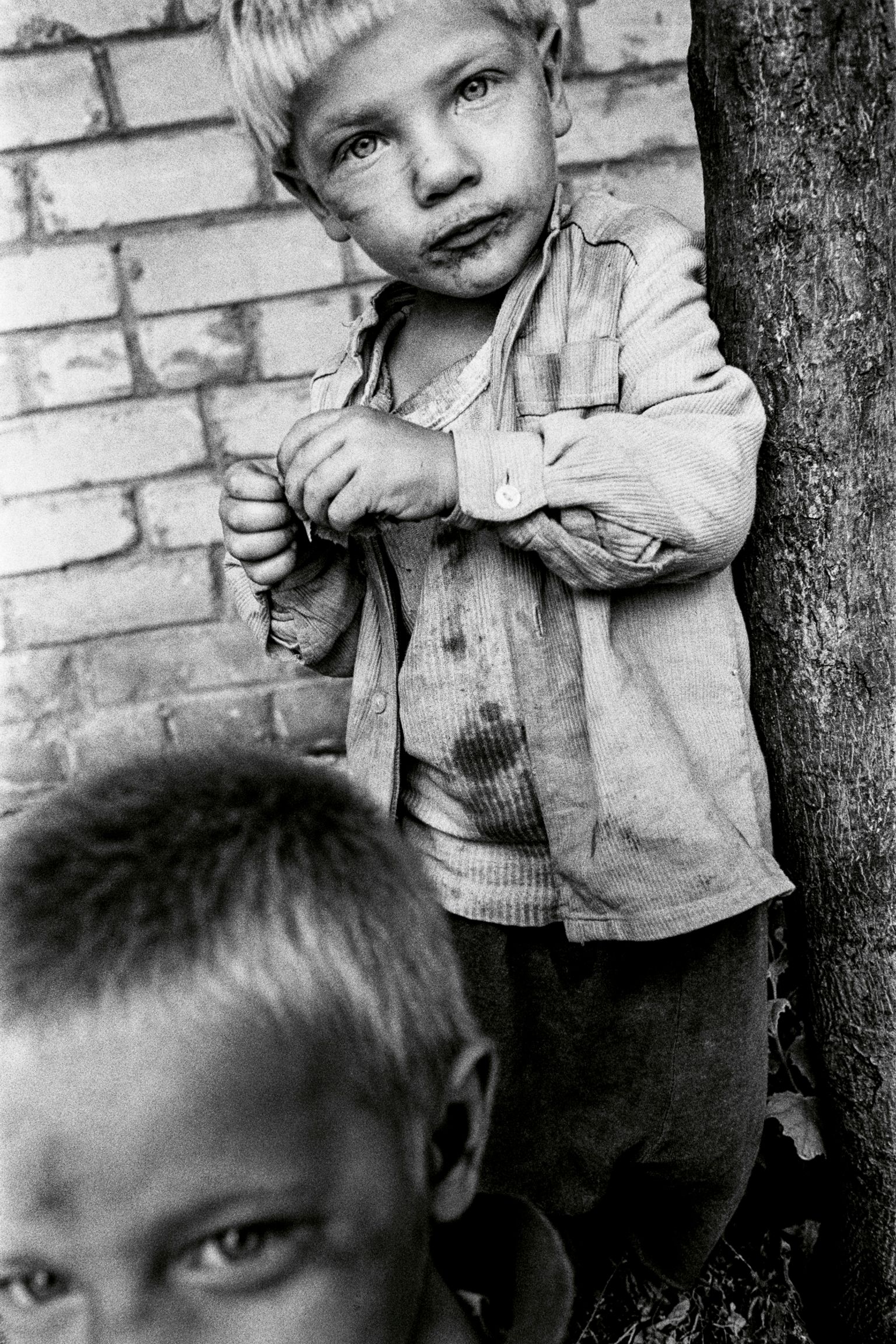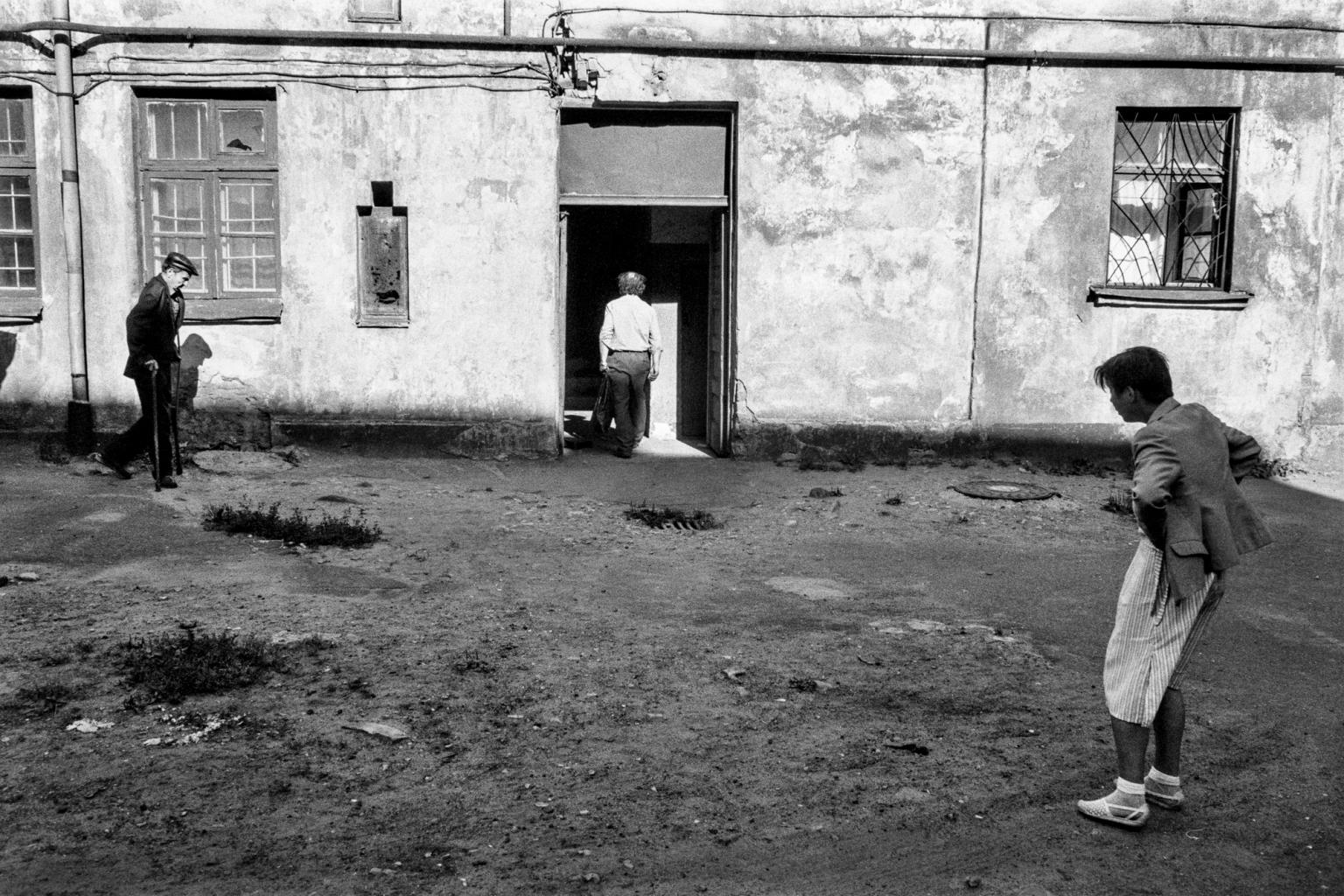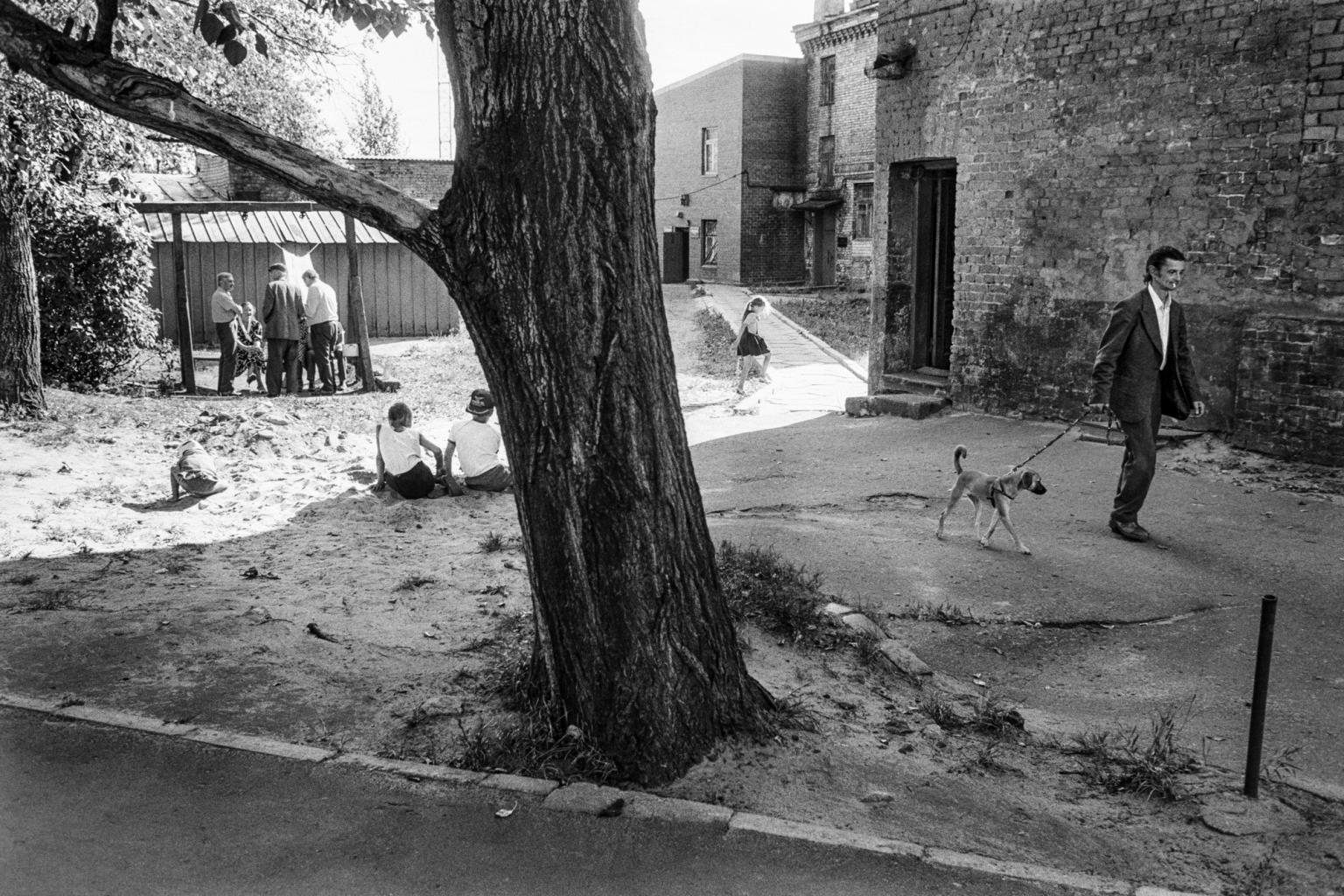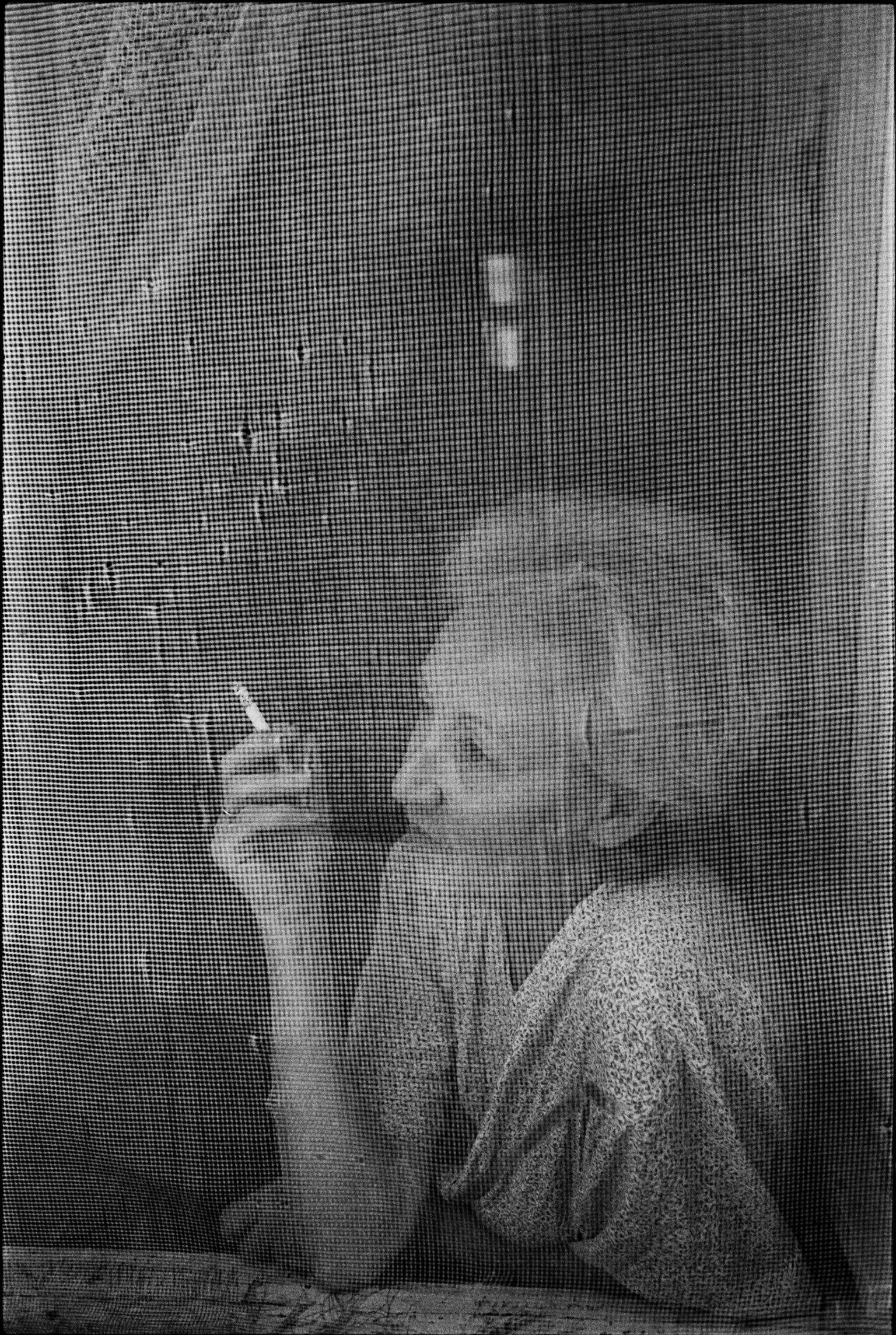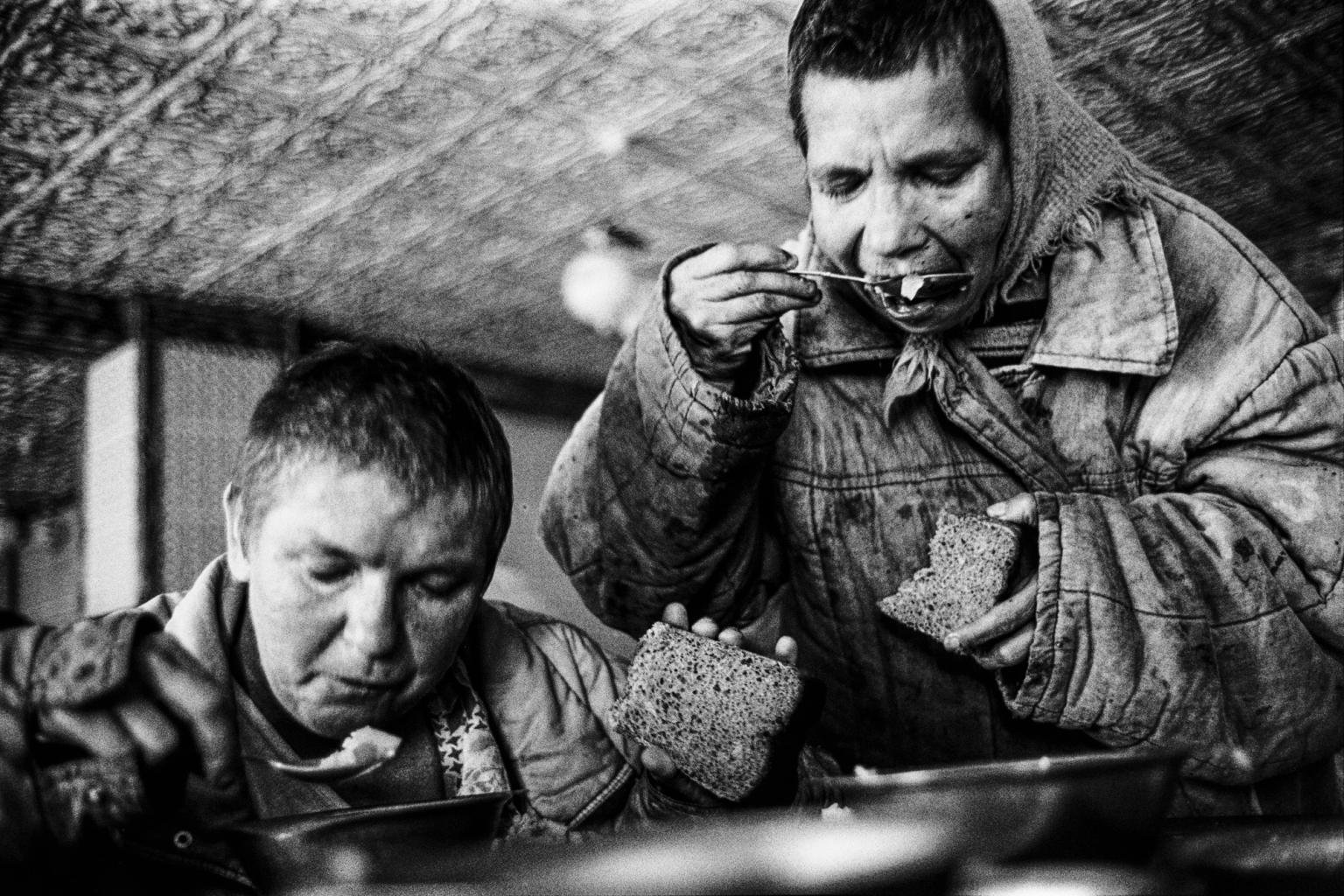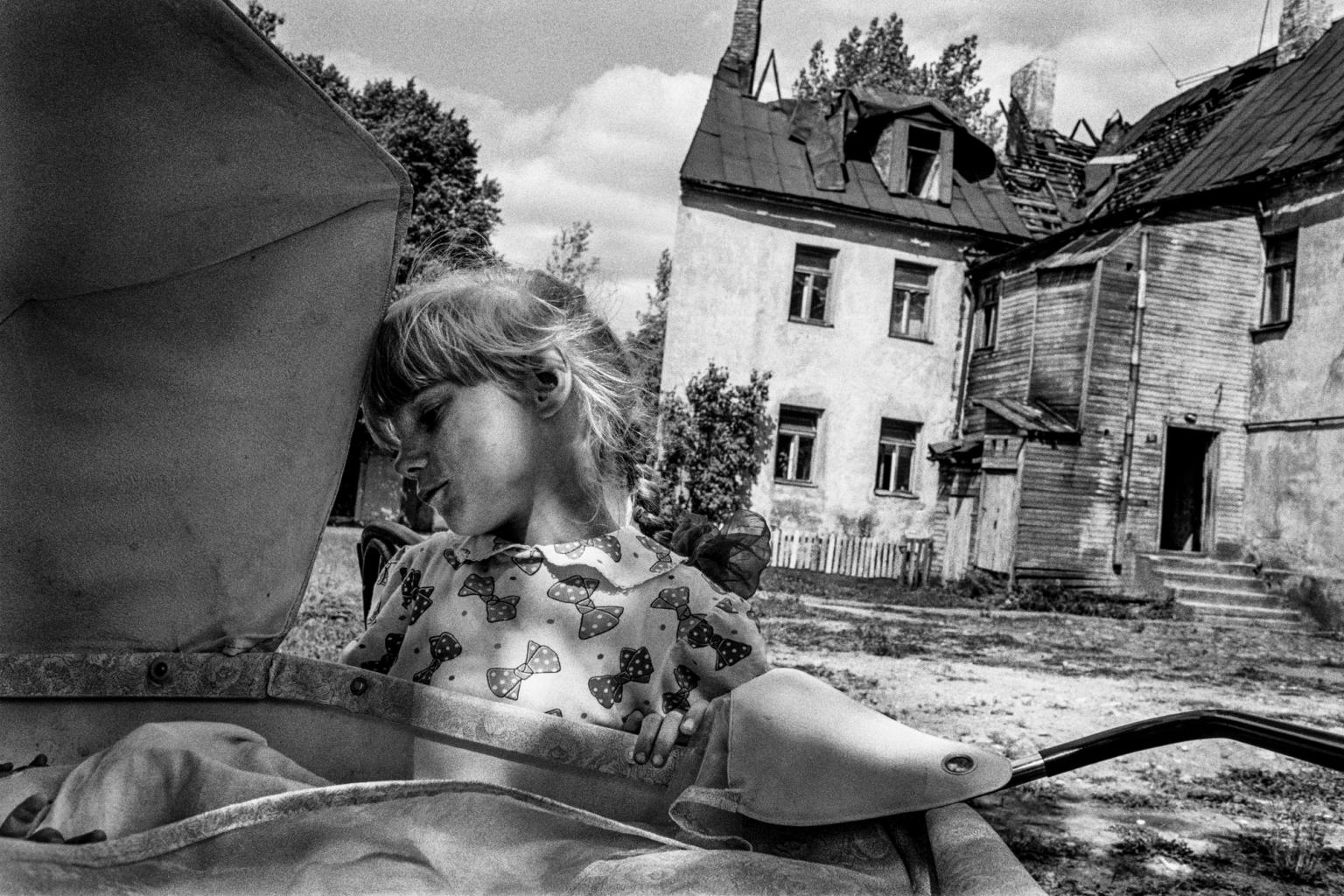
Stig Stasig
Retrograd/Forstate
- PhotographerStig Stasig
JOACHIM LADEFOGED In 1992, photographer Stig Stasig traveled to Riga. There, amidst the ruins of the Soviet Union's collapse, he photographed the heavily burdened Russian district Maskavas Forstate (Moscow Suburb), where not even the Latvians dared to go.
Again a photographer that has had a huge influence on my own photography. Lucky for me, in 2022 he published two new books with the old work from 1992, amazing black and white images, with a strong combination of topic, composition and vision. The best of the best in my opinion.
Retrograd (2023)
Between 1988 and 1993, Stasig traveled extensively across the Soviet Union, from the Baltic states and Ukraine to Siberia, Georgia, Armenia, and the Caucasus. Armed with his Leica camera, he captured candid street scenes that reflected the everyday life and struggles of ordinary citizens during a period of profound political and social upheaval. These photographs remained largely unpublished until the release of Retrograd in 2023.
The book features 129 black-and-white images accompanied by a reflective essay from Russian writer Sergei Lebedev, who, in exile, draws connections between the past and present. Stasig notes, “Today’s Russia is a product of its past: the tsarist era, the revolution and the Soviet regime, and not least the chaotic break-up period around 1990. The only way we can hope to understand Russia’s behavior today is to familiarize ourselves with history and the completely different reality that the Russian people are and have been subject to.”

Forštate (2022)
In 1992, Stasig visited Riga, Latvia, and documented the Maskavas Forštate district - a densely populated, impoverished area characterized by its decaying Soviet-era architecture and a sense of abandonment. This district, bordered by a railway and the Daugava River, was notorious for its lawlessness and was largely ignored by both the Latvian authorities and the police.
The photographs from this series remained in Stasig's archive until 2015, when he returned to Riga to reconnect with the individuals he had photographed. Through interviews conducted with the residents, Stasig uncovered personal stories that mirrored his own feelings of isolation and depression. These narratives are woven into the fabric of Forštate, a book that combines Stasig's evocative images with testimonies from the people who lived there, offering a poignant glimpse into a forgotten corner of the post-Soviet world.
